10 Fascinating Cat Facts That Even Their Owners Don’t Know
Even if you've owned cats your entire life, you're bound to be surprised by some of these little known cat facts. From their strange sleeping habits to the mysterious ways they differ from other mammals, you'll never look at these distinctive creatures the same way again.
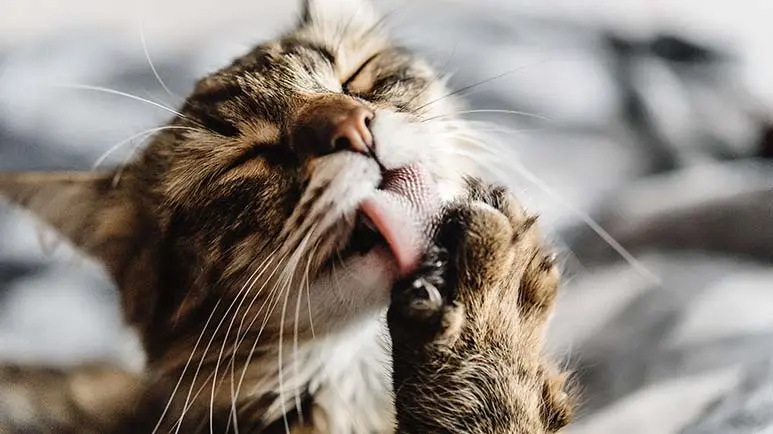
STORY AT-A-GLANCE
- We cherish our cats for their uniqueness — from their mysterious behavior to their grace and flexibility to their strange sleeping habits
- Did you know that cats often land on their feet from a fall due to their “righting reflex,” or that their tongues are covered with tiny barbs?
- Cats also have huge eyes relative to their body size, and whiskers in places you may not think to look
Editor's Note: This article is a reprint. It was originally published May 08, 2015.
We cherish our cats for their distinctiveness — from their mysterious behavior to their grace and flexibility to their strange sleeping habits. Did you know that cats often land on their feet from a fall due to their “righting reflex,” or that their tongues are covered with tiny barbs?
Cats also have huge eyes relative to their body size, and whiskers in places you may not think to look.
10 Surprising Facts About Cats
- Cats are constructed a bit like ragdolls
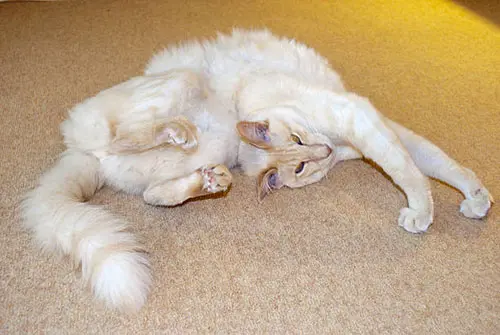
The pelvis and shoulders are only loosely attached to your cat's spine, which is part of what makes kitties so flexible and able to squeeze into tight spaces. - Cats really do land on their feet (but not always)
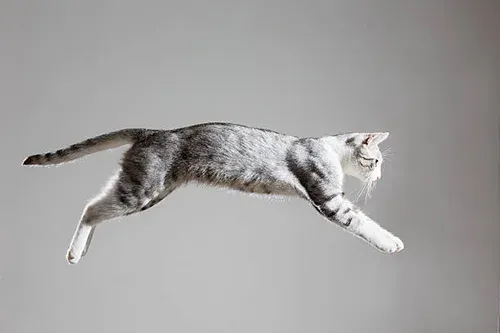
It’s called the “righting reflex.” When a cat is falling, he is able to orient himself in midair so that he lands on his feet. The fall has to be at least a foot in height, but some cats have survived falls off 7-story buildings. This could be because they tend to spread their bodies out to increase drag. Please note this doesn’t mean your cat can’t be hurt in a fall. - Cats are only awake one-third of the day
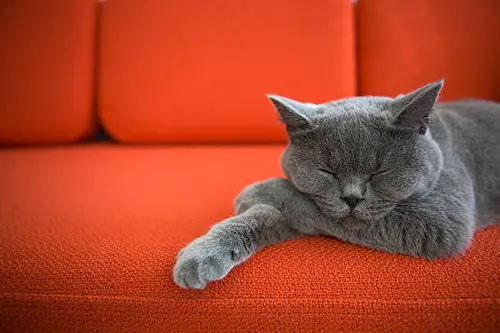
The average kitty sleeps about 16 hours a day. That’s because as an obligate carnivore, your cat is designed for intense, brief bursts of energy to catch prey, followed by a meal, followed by a long period of rest to prepare for the next hunt. - Cats spend one-third of their awake-time grooming themselves
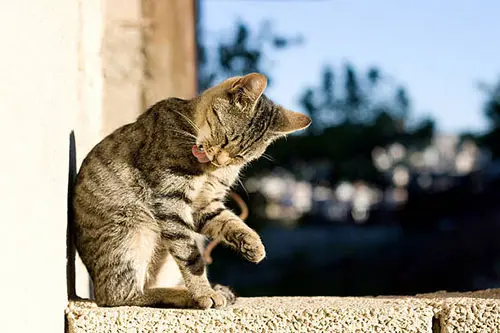
Cats spend about 30% of their waking hours in grooming activities. - Cats use their mouths to smell things
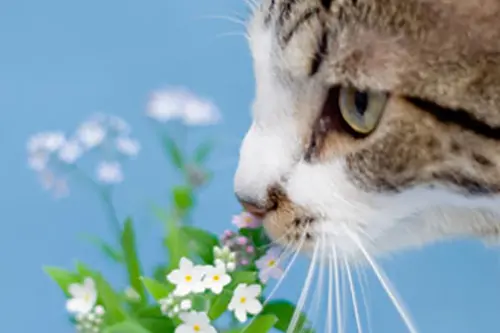
When a cat smells an odor, opens her mouth slightly, crinkles her nose and pulls back her upper lip, she is doing something called a “flehming” response. She’s drawing in air, capturing the scent, and moving it to her vomeronasal organ or Jacobson’s organ, which is a small sac located high up in the roof of the mouth. The vomeronasal organ traps the odor molecules and sends info to kitty’s brain regarding the scent. - Cats are sharp-tongued
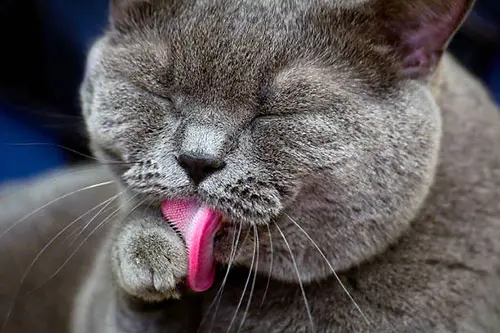
And I don’t mean in a biting way (pun intended). Cats’ tongues are actually covered with tiny, rear-facing barbs. These little protrusions have several jobs to do, including helping your kitty lap up water and pull food into her mouth. Another thing those tiny tongue barbs do is help your cat groom herself efficiently by scraping away loose fur and debris on the skin.
Another little known fact about cats is that the male’s penis also has barbs called penile spines. Their job is to scrape the walls of the vagina as the penis withdraws after ejaculation, presumably to stimulate ovulation in the female. - The eyes have it
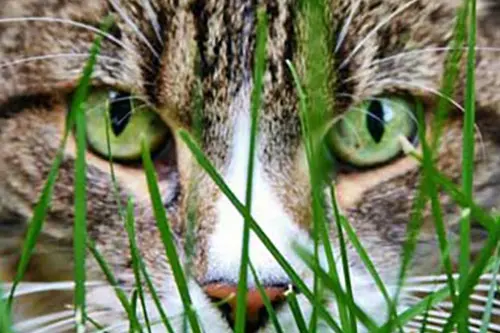
Cats have the largest eyes relative to their size of any mammal. In addition, their pupils can grow bigger, smaller, and change size faster than the pupils of many other mammals. This allows your kitty to see well in varying levels of light, and especially in the dark. - Whiskers, whiskers everywhere
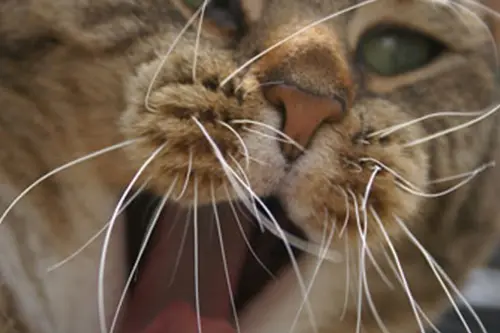
You may think cats have whiskers only on their cheeks, but they can also have them on their chins, eyebrows, and front legs. A kitty’s whiskers are sensitive touch receptors that help orient her body in space, and let her know when, and when not to try to squeeze through an impossibly small opening.
It’s important never to cut your cat’s whiskers, as she can become disoriented and less able to navigate her environment. - Healthy cat kidneys are remarkable organs
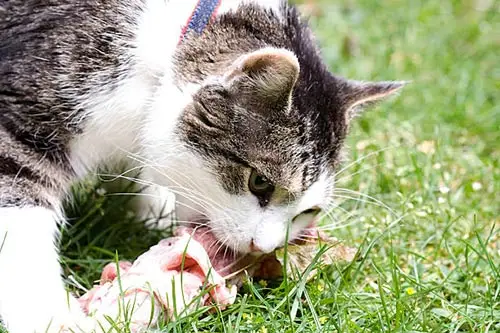
Cats are designed to get most of their water requirement from their food, and their kidneys — when healthy — help out by producing highly concentrated urine. It’s extremely important to feed your cat a high quality (human grade), species-appropriate, moisture-dense diet (not kibble) so that his kidneys remain healthy throughout his life. - Cats walk on their toes
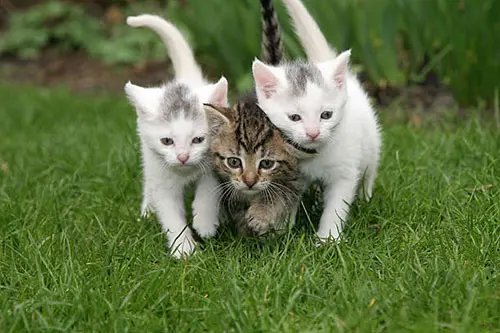
Also, when they walk or run, rather than a left-right or right-left movement, they move both left legs, then both right legs.











